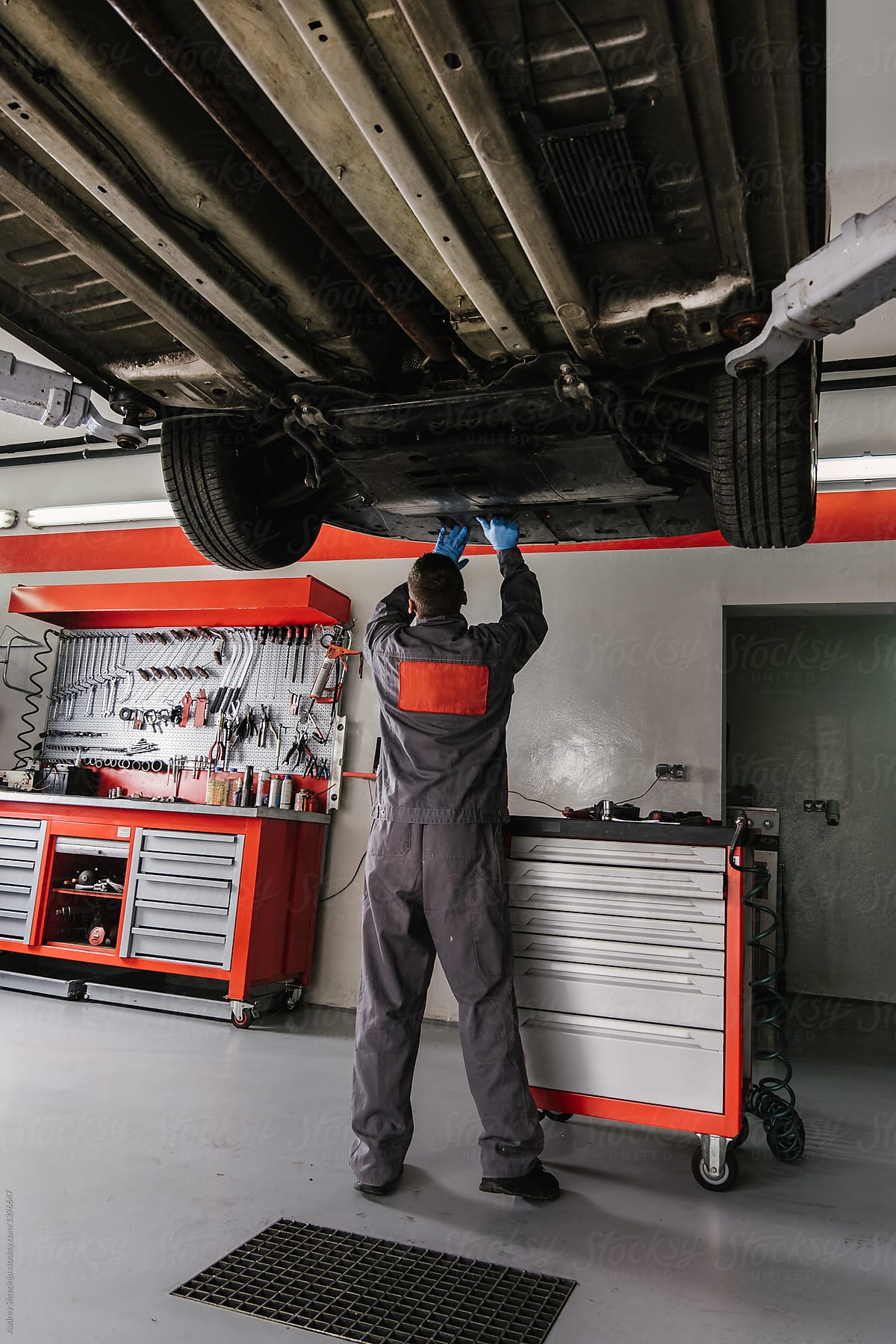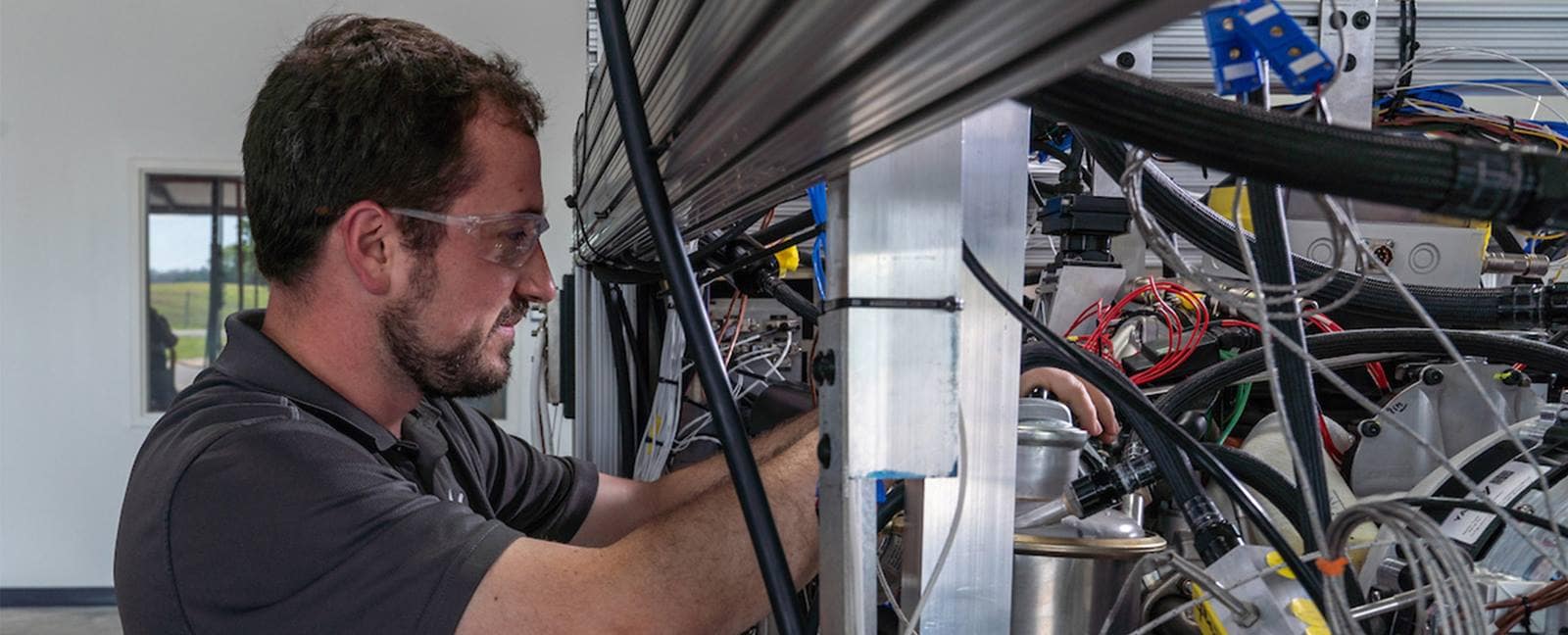
Before buying a classic car, there are many things to keep in mind. These include rust, roadworthiness, insurance, and routine maintenance. You should budget for the cost of maintaining a classic automobile. Murphy's Law applies to classic cars. You will have to pay more for regular maintenance and repairs. For more information on classic cars, read this article.
Questions to ask before buying a classic car
Old cars don't always work perfectly. They can have problems, big and small. Sellers might not disclose the problems to you, as they expect that inspections will uncover them. If you are looking to purchase a classic car you need to ask about these issues. It is possible that the seller might conceal something if there are severe problems. It is possible to end up with a lemon, even if the seller is not upfront about the problems.

It is important to keep your classic car roadworthy.
If you own a classic car, you are probably familiar with the work that goes into maintaining it. The UK Department of Transport (DfT), exempted older vehicles form annual MoT tests, because they were of historical interest. You will still need replacement parts to keep your older vehicle roadworthy. It's a good idea to learn what parts are available and where to get them. If you aren't sure where to start, the Internet is a great place.
Examining a classic car to check for rust
Before buying a classic car you should inspect it for rust. All the body panels should be inspected as they can hide rust damage from previous bodywork. To determine the extent and severity of corrosion damage to the body, use a magnet. The magnet may stick to different parts of your body and indicate that there is a problem with the rust. A mechanic should inspect the car.
Keep a classic car for less that a year
Many collectors will turn to temporary storage for winter. Classic cars can be stored in short-term storage without any engine damage. Even if you don’t intend to drive your classic car more than a few months, this will help maintain its condition. The best rule of thumb to keep your classic car in good condition is to start it every few months.

Buying a classic car
A classic car has a high investment potential, but it's not for everyone. You can invest in a classic car, whether you want a V12 or something more compact and practical. While this type of investment is not for the faint of heart, it is a worthwhile endeavor if you love vintage cars and are willing to take on a project.
FAQ
Does it matter what college I go to?
You're wrong. There is no difference in the programs offered by colleges for getting into automotive work. There are some schools that offer more specific programs than others.
How long is an automotive mechanic apprenticeship
It takes approximately three years to complete an automotive mechanic apprenticeship. The apprenticeship includes two years studying at school and two more as an apprentice. The first year is used to learn all aspects of the trade including safety procedures and theory. During this time, you'll also learn how to use tools safely and efficiently. After you have completed the first year of training, you will be able to spend an additional year on-the job learning different trades. These years will offer you the opportunity to attend formal classes.
The final year of this program is spent in obtaining qualifications and becoming certified in your field. These include NVQs (National Vocational Qualifications), which are awarded after passing exams covering specific topics within the industry. In addition, there are HNCs (Higher National Certificates) that cover general subjects such as management, business administration, and customer service. Finally, there are City & Guilds certificates that are offered for those who wish to become qualified in certain trades.
How can I fix my car as a hobby?
If you are interested in cars, why not take it on as a hobby? You can repair them, buy their parts, sell them, or just have fun with them. If you are looking for something new, this would be a great hobby.
It isn't easy to turn it into a full time job. It takes a lot of dedication and hard work. It requires a lot investment.
You may not be able to have an emotional connection with cars unless there is a valid reason.
What are the requirements for an automotive technician?
You must have high school, or GED, and be able to read and write well in English and math. You also need to be able to read and write well. Before you can start working, you will have to pass a written exam and take a series practical tests.
Statistics
- According to the BLS, total auto technician employment is expected to exceed 705,000 by 2030. (uti.edu)
- Apprentice mechanics earn significantly less hourly than mechanics who have completed training, with a median wage of approximately $14.50 an hour, according to PayScale. (jobhero.com)
- The U.S. Bureau of Labor Statistics (BLS) reports that the job outlook for automotive service technicians and mechanics is expected to decline by 4% from 2019 to 2029. (indeed.com)
External Links
How To
How to correctly diagnose your vehicle for repairs
The symptoms of your vehicle are the first thing you need to look at in order to determine whether it is in dire need of repairs. Follow these steps to properly diagnose your vehicle.
-
Check engine lights. Check the dashboard light indicators such as the engine light indicator, the oil pressure gauge, the battery light indicator, the coolant temperature gauge, and the RPM gauge. If any of these indicators have been flashing continuously for several days it could mean that there is something wrong with your vehicle.
-
Examine the treads of the tires. Tires can become worn and cause problems in handling and braking. You should also inspect the wheel treads. You should ensure that they are clean and smooth. To do this, remove the wheels and take them out. A flashlight can be used to check how worn the treads are.
-
Check the level of brake fluid. It is important to keep track of how much brake fluid you have in your car. This ensures that your brakes work properly. Low brake fluid levels can cause brake failure when you apply pressure.
-
Make sure to test the suspension system. The suspension system in vehicles absorbs vibrations and shocks. This suspension system provides greater control and smoother acceleration and deceleration. A suspension problem can cause your vehicle to feel wobbly and shake uncontrollably. To determine whether your vehicle may have a suspension issue, you can try to put weight on the rear or front axle and watch the movement.
-
Examine the steering wheel. The steering column is used to link the steering wheel with the rest of vehicle's components. Many accidents can cause damage to steering columns. You should replace the steering column if it is loose or weak.
-
Pay close attention to the exhaust tube. Exhaust pipes help move gases from the combustion chamber to the atmosphere. If the exhaust pipe is damaged or leaks, harmful fumes can enter your cabin. You should also fix any bent tailpipes immediately.
-
Check under the hood. If you see anything unusual, take a look under the hood. Your engine could be leaking fluids. If you smell something strange coming from your engine compartment you should call a professional technician.
-
You should inspect your air filter. The air filter in your vehicle collects dirt and dust from the environment. Your vehicle will run less well if it has a dirty filter. Replace your air filter regularly.
-
Verify the fan belt. Your vehicle's fan belt connects the engine to the transmission. If it breaks, the engine won't turn over. It is easy to replace the belt. All you need to replace the belt is a screwdriver with pliers.
-
You should inspect the radiator and hoses. The radiator hose carries water from the radiator to the engine. If the hose becomes damaged or cracked, hot liquid can be emitted onto the engine. Repairing the hose is easy with a pair of needlenose pliers or a small wire brush.
-
The windshield wipers should be checked. Windshield wipers work by using electricity to remove rain and snow. If they stop functioning, they can leave streaks in your window glass. The solution is to change the washer fluid.
-
Check the battery cables. Your car's electrical system is powered by batteries. If you are replacing batteries, disconnect the negative cord first. Failure to do so can damage your alternator.
-
Be sure to check your headlights. Headlights illuminate the road ahead of you. Poor visibility can result if the headlights don't function properly. Inspect the bulbs for signs of burnt out.
-
Always check your lights. If you approach other drivers at night, lights will warn them. It could cause distraction and even lead to an accident if it doesn't work.
-
Check the brakes. Before you get in a car accident, your brakes will be slowing down your vehicle. If the brakes fail to work correctly, your car could lose control and collide with another vehicle.
-
Check the oil regularly. Oil keeps your engine lubricated. It prevents metal parts from rusting too quickly. It is recommended that you change your oil at least once per month.